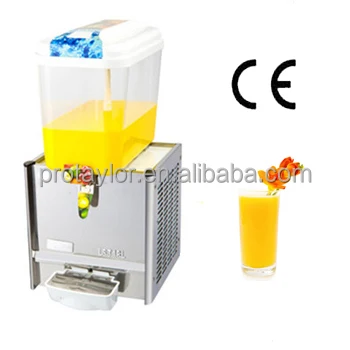
(18) The first is to raise its game in the speediness and clarity of Scottish economic statistics. (17) The speediness development of scientific spurs many enterprises to search new escape hatch. (16) 1Effectiveness and speediness of the proposed method was demonstrated by simulation results. (15) Effectiveness and speediness of the proposed method was demonstrated by simulation results. (14) The speediness development of scientific spurs many enterprises to search new escape hatch. (13) The method features speediness, exactness, impersonality, and non-invasion to the sample.

(12) If you haven't got too much experience, what you can offer is low costs and speediness. (11) The online test system is widely applied thanks about its convenience and speediness. (10) 2The online test system is widely applied thanks about its convenience and speediness. (9) 1This service is characterized by convenience, speediness, timeliness and safety. (8) This service is characterized by convenience, speediness, timeliness and safety. (7) The introduction of feedforward enhance speediness of this control system. (6) The speediness and validity of the method is illustrated by an instance. (5) The cable car has much as speediness, carrying more passenger, etc. The cable car has much as speediness, carrying more passenger, etc. (3) The cable car has much as speediness, carrying more passenger, etc. (2) But I'll try to make up for it in speediness with other chapters.
#SPEEDINESS FOR FREE#
Read “The Implications of Worker Behavior for Staffing Decisions: Empirical Evidence and Best Practices” from Cornell Hospitality Quarterly for free by clicking here.(1) I was surprised by the speediness of their arrival. This article is based on a paper presented at the 2013 Quality in Service Conference (QUIS). An estimated 3 percent increase in sales would result from servers’ increased sales efforts, which occur until the trigger point is reached and employees focus only on speedy service. Because of the phenomenon of increased employee effort, this chain could reduce its staffing level on average of one worker per shift while still achieving higher sales.

One implication of this analysis is that restaurants may be overstaffed because the employees’ extra effort meant their workload threshold was not reached in the restaurants being studied. This inverted-U relationship between employee workload and performance holds both in terms of the number of tables and diners that a server concurrently handles. Once the workload hits a certain level, however, the servers dial back on selling, take steps to shorten meal duration, and focus primarily on service speed. A study of five casual-dining restaurants finds that when the overall workload is low, as guest traffic begins to pick up and the restaurant becomes busy, the servers step up their game by redoubling their sales efforts through suggestive selling and upselling.

Restaurant employees adjust their sales efforts and service speed as more tables are filled and the workload increases. What causes this to happen? What can it mean for restaurant staffing decisions? Authors Fangyun (Tom) Tan and Serguei Netessine explore these questions in their article “The Implications of Worker Behavior for Staffing Decisions: Empirical Evidence and Best Practices” from Cornell Hospitality Quarterly. But a new study recently published by Cornell Hospitality Quarterly found that restaurant employees are more likely to focus on getting their patrons out faster during peak workload hours rather than use the chance to suggest additional menu items to increase their tips. With this in mind, one would assume that servers would welcome any opportunity to upsell their customers in order to raise income. The United States Bureau of Labor Statistics lists the median annual wage of waiters and waitresses to be $18,590.


 0 kommentar(er)
0 kommentar(er)
